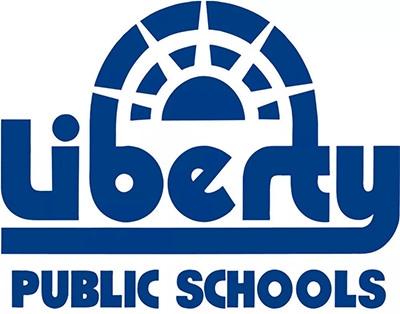Overview
Prior to the pandemic, several elementary schools at Liberty Public Schools were considering opening cross-grade level class periods to support response to intervention and acceleration. As one coach noted, they were interested in helping teachers explore models that could help teacher teams “look at all these kids as ‘our kids’ and move kids to where they needed to be based on their skills, not based on their age.”
When leaders were planning for school reopening, site leaders found that they had to rethink classroom staffing, as many teachers were pulled into virtual positions. Students had the option to opt in to virtual instruction as well; they had the option to return at will, which meant that principals were managing enrollment at uneven levels across grades as well as dynamically over time.
Approach
Given this challenge, one school decided to pilot multi-age classrooms, which allowed elementary teachers to work across two grades at a time, reducing the impact of having multiple same-grade students returning back from virtual school at the same time. This approach also allowed teachers to address levels of finished and unfinished learning more effectively within their classrooms, grouping students with similar needs together, regardless of age.
“We kind of thrust ourselves into it in August out of necessity. With the teachers and the kids who are pulled to our virtual school in order to keep class sizes small, this made the most sense. Doing it building-wide not only helped with numbers in the present, but also gave us a lot of flexibility. When you have seven or eight classrooms and five new kids come back to school from virtual, you can spread them out among several different classrooms instead of just four in a more traditional model. We also felt like it was a really equitable decision.” - Molly Henley, Innovation and Learning Coach, Liberty Public Schools
Multi-age classrooms were piloted in K-1, 2nd-3rd, and 4th-5th grade bands. While teachers delivered instruction and worked with cohorts alone for safety reasons, they worked in teams together to plan and develop lesson content. As more and more students returned to school, teachers were given the option to return to single grade-level models; most of them did not. Several teachers are now advocating for this model to continue into the future.
“There have been several teachers saying, hey, I want to do this next year. It's feeling really good. I see the value in this. We have a couple of K1 classrooms who especially have seen the value in it and it goes both ways. They have kindergartners who are really doing well, being pulled and working on the same material as first graders and then first graders who needed more remediation. So as our district starts to ramp up our conversations about moving towards competency-based education, I think a lot of the teachers who at the beginning felt like they were thrust into this and it was really hard, are now like, hey, it was really hard, but we did it. We see the value and we want to continue using what we've learned.” - Molly Henley
This strategy is a part of TLA's Hop, Skip, Leapfrog release, which explores the concrete ways in which schools and systems pursued student-centered innovation during COVID-19. Explore the full guide to find additional strategies, insights, and resources.
